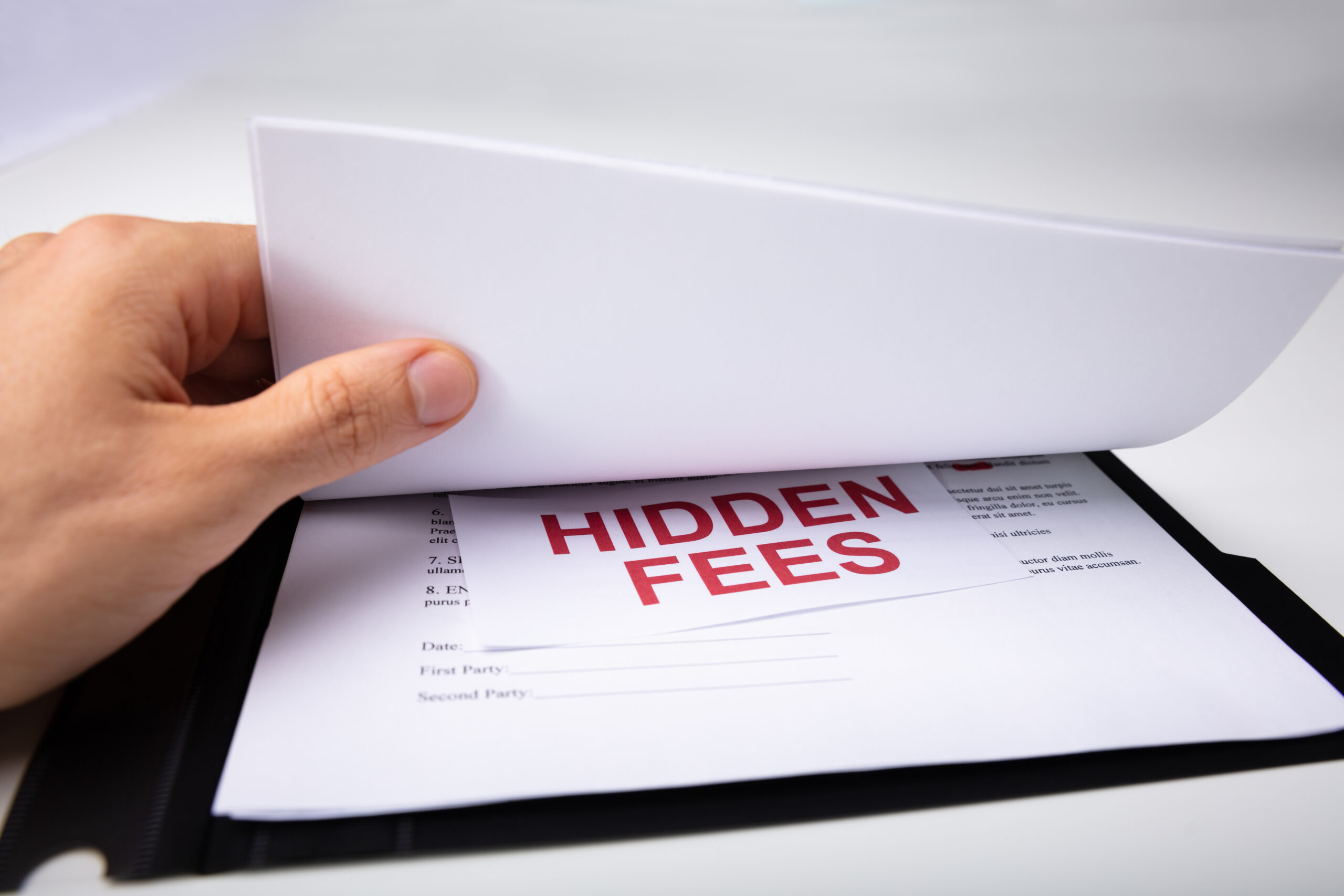The Battle Over FDA’s E-Labeling: The Paper Industry’s Attempt to Prevent Sensible Safety Notice
We know the familiar story. New forms of competition arise and the incumbents rebel. The free market usually permits consumer choice to govern and the marketplace decides which products will prevail. But incumbents try to use regulation to prevent new products and competition.
The latest example is the almost decade long effort by some parts of the paper industry to prevent the Food and Drug Administration (FDA) from bringing drug notices into the 21st century. Most are familiar with drug safety disclaimers to consumers, written in incredibly small font (perhaps the font size is promoted by opticians?) that consumers simply discard. Well, there are similar, much more important notices to healthcare providers which provide even greater detail about safety and drug administration. This information includes potential warnings and drug interactions, each of which are critical pieces of information for the healthcare provider. Known as “prescribing information,” these notices are incredibly long – they look like old-fashioned road maps and also are printed in incredibly small font.
Since 2007, the FDA has valiantly attempted to take the radical, death-defying step of actually permitting these notices to be made available electronically. In particular, the FDA has sought to permit “e-labeling” – allowing drug manufacturers to provide information electronically. This week, the FDA closed public comments on a proposed rule focusing on moving nearly all prescribing information online.
The advantages of e-labeling are obvious to anyone who has entered the 21st century. E-labeling will reduce costs and is far more likely to be accessible to busy professionals. E-labeling will be more current than old-fashioned paper notices and can be updated easily. As the FDA observed:
FDA is taking this action so that the most current prescribing information for distributed prescription drugs will be available and readily accessible to health care professionals at the time of clinical decisionmaking and dispensing.
So why has it taken the FDA nearly a decade to finish a sensible, consumer-driven rule? The paper industry. In the United States, there are a number of paper printing companies that specialize in manufacturing drug labeling paper forms. With the FDA proposing a rule that may diminish pharmaceutical companies’ demand for paper and printing services, it is unsurprising that they are strongly fighting against e-labeling.
This sector even has its own trade group: the Pharmaceutical Printed Literature Association (PPLA). Along with the American Forest & Paper Association (AF&PA), an association that represents the interests of forest products including pulp and paper used to make items like paper-form prescribing information, the PPLA successfully sought to delay the FDA’s efforts earlier this year, stalling the process from March 18 until May 18.
In 2007, when the FDA first requested public comments on e-labeling, the PPLA was quick to champion print inserts and object to the potential change in the halls of Congress. And Congress has heard the voice of the paper companies — in 2014, the Senate Appropriations Committee specifically stated that any FDA proposed rule regarding e-labeling could not “come in lieu of paper inserts.”
As we often see in cases involving regulatory responses to disruption, the arguments against new technology are dressed up in the appealing guise of consumer protection. The PPLA claims that “[w]e’re committed to keeping medication on paper – for patient health and safety.” The PPLA also claims that paper labels save lives because they offer “accurate and understandable information.” The PPLA further argues that not all individuals have access to the Internet and natural disasters can further cause problems for electronic databases.
These arguments aren’t worth the paper they are printed on.
First, the purpose of e-labeling is to ensure accurate prescribing information. Often, a drug manufacturer will update the prescribing information of a specific drug. There is a natural delay in dispensing revised information. When using e-labeling, a healthcare provider will have access to the most up-to-date information, while paper inserts will have outdated and even incorrect information. In fact, the FDA has specifically noted that “updating the paper prescribing information raises concerns about health care professionals using outdated information for clinical decisions.”
Second, the prescribing information is utilized mainly by healthcare providers. Almost all of these providers already rely on electronic sources for prescribing information. In fact, only six percent of all pharmacists “exclusively” use paper forms for prescribing information and only four percent lack Internet access. However, to ensure that all providers still have access to paper resources, the FDA is proposing that drug manufacturers must maintain a 24/7 toll-free telephone number allowing parties to request faxes, emails, or mailings of the prescribing information. Finally, electronic storage and access for information is critical during a natural disaster. As seen with electronic medical records, storms can destroy paper copies, but digital information remains viable post-disaster.
The FDA should be applauded for its efforts to bring drug labeling into the 21st Century. Sensible drug notice is long overdue.
David Balto and James Kovacs are DC-based attorneys advising clients in regard to the FDA’s proceeding. David previously served as Policy Director at the Federal Trade Commission’s Office of Policy and Evaluation, and attorney advisor to the FTC chairman.








